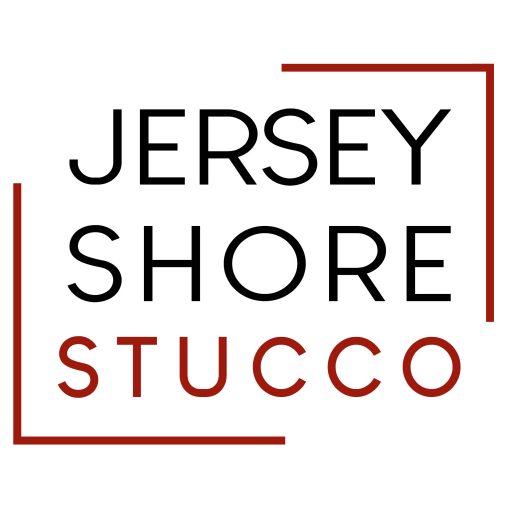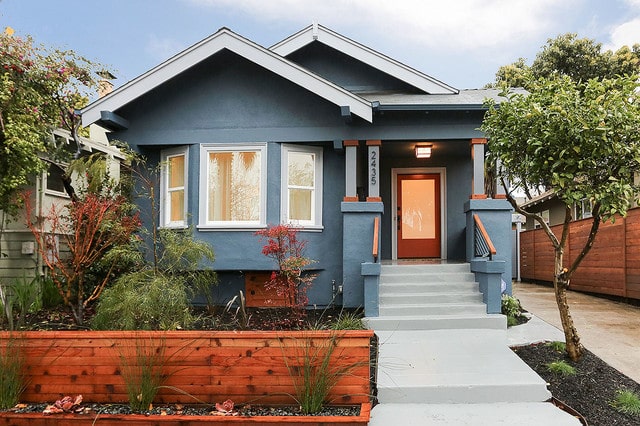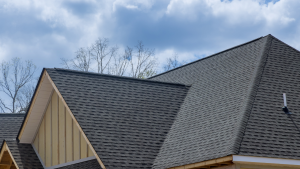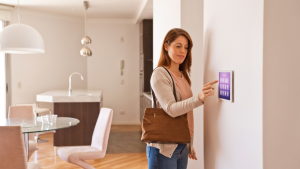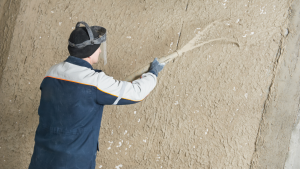Do you love the old hacienda-like homes of the deep south? This finish is called stucco and it was a finish often added to homes in the southern United States and Mexico.
Stucco is a type of masonry that is hand troweled. It was once made of lime, water, and cement, but modern-day Stucco consists of cement water and sand.
A stucco finish gives a wall, either interior or exterior, the look of Spanish and Mediterranean style architecture. Today, you can use a stucco finish indoors or outdoors. Professionals can apply it in a variety of textures. It can have a pebbled, swirled, or even an almost smooth organic look. Another good thing about using this type of finish for a home is that it offers durable protection against the elements.
There are downsides to using Stucco, and it isn’t appropriate for every type of wall. So whether you’re looking at a home that has this type of finish already, or you want to add it to the exterior or interior walls, read on to learn more about the stucco finish.
History
Earlier versions of Stucco contained lime instead of cement. Still, it is one of the oldest ingredients found in nature, and people have used this siding for thousands of years. It dates back to ancient Greece and the Mediterranean. However, it was the Spanish people that introduced Stucco to Mexico on to the American Southwest.
Modern building experts now use cement to make Stucco and have been doing so since the early nineteen hundreds. They found that the cement increased the Stucco’s workability and gave it a longer-lasting effect. Plus, it was easier for builders to control and use in a variety of ways.
Until recently, Stucco was only ideal for the southern regions of the United States where there is dry weather and the soil is sandy. However, installing traditional Stucco in northern areas had mixed results. In areas where the soil moved, the settling of foundations could cause cracks in the Stucco. In turn, This gave elements like rain and snow the ability to penetrate and loosen the stucco siding from its base.
In the olden days, Stucco was paired with flat roofs and Clay tiles, but now consumers like Stucco on homes that have modern pitched roofs that are either shingled or metal.
Nowadays, building finishers add polymers and other agents to the mixture to increase flexibility and improve application techniques that make it more resilient.
Modern Stucco is a style that is quickly catching on across the country and can be appropriate now for any part of the US.
Advantages and Disadvantages
Fire Resistant
Stucco appeals to people because it is fire resistant. A 1-inch coating of Stucco can offer a one-hour firewall rating. This simple addition can prevent the spread of fire from one side of the wall to the interior of the home, which can cause extensive damage.
Aesthetics
Of course, there’s also an aesthetic appeal to Stucco. Best of all, it comes in a variety of colors and ranges from soft subtle sand shades to deep earthy tones. Manufacturers achieve the different shades by adding dyes to the mix.
The Downsides
Over time even the best Stucco can develop hairline cracks, but the small cracks won’t affect the foundation or the interior of the wall. In fact, they can often be repaired, even by a do-it-yourselfer.
Older Bad Stucco Installations
However, in the 1950s, some houses were built with a spray-on form of Stucco, which had a faster application process. Unfortunately, it didn’t stand up as well as a hand trowel version. As time goes on, these homes with the old spray-on version can develop multiple cracks, or chunks of the Stucco can fall off.
In addition, Stucco doesn’t have an overly significant insulation factor. A 1-inch layer of Stucco has about a point 20 r value which means that it’s only 20% as insulated as wood. This Stucco could be a problem in the North, where cold weather dominates.
Conclusion
Stucco is a finishing option you may want to use to improve the fire resistance of your home or add that cool Spanish look. It definitely adds elegance to your home’s exteriors or even to interior walls. However, it may not be appropriate in some locations so you will want to check with your renovation or building expert.
